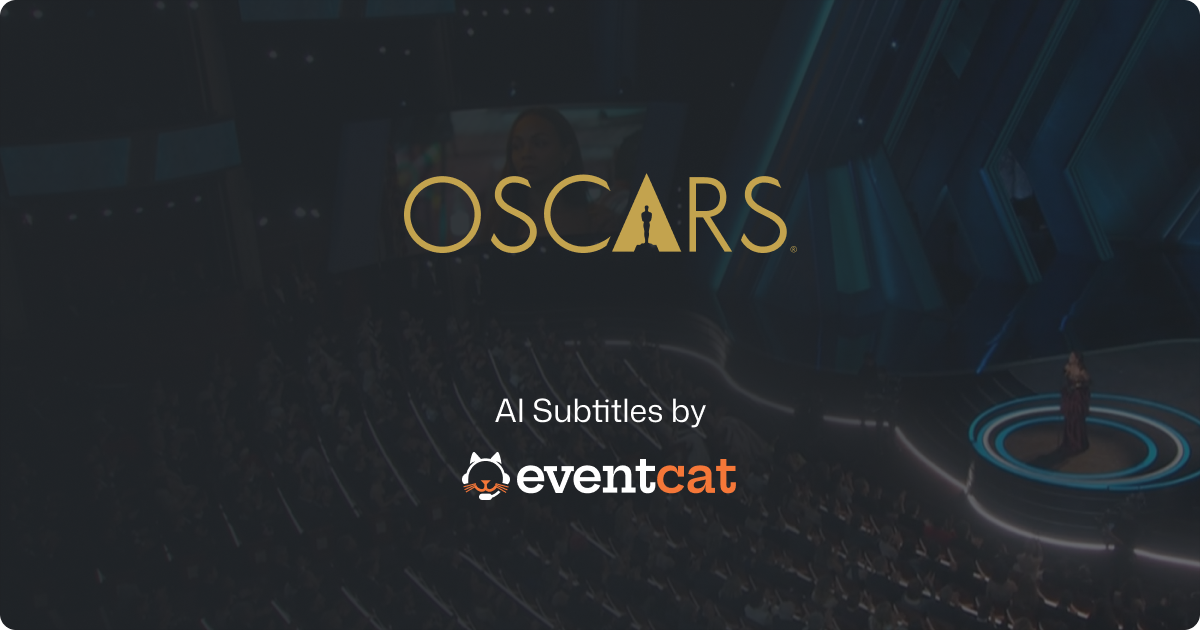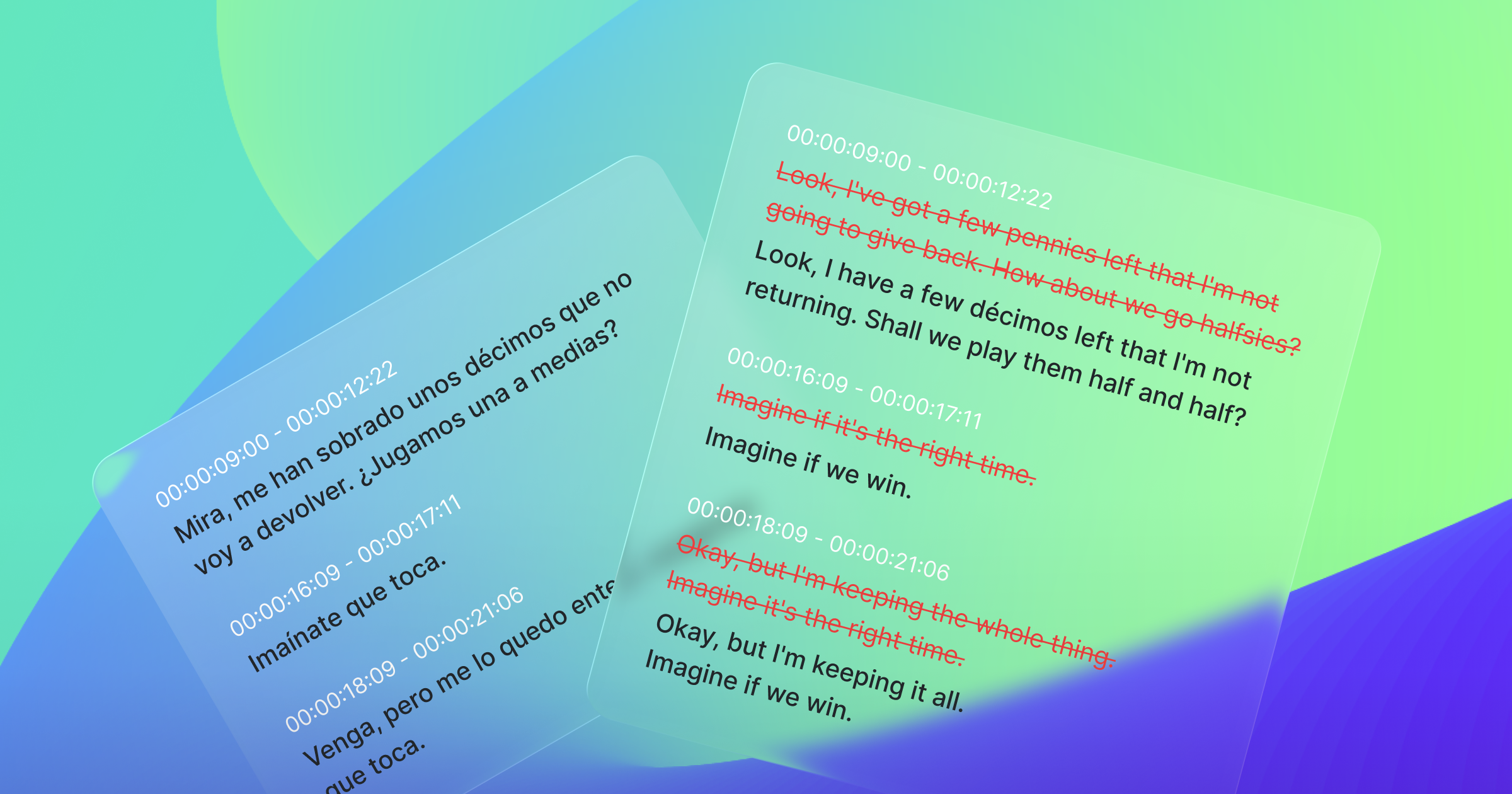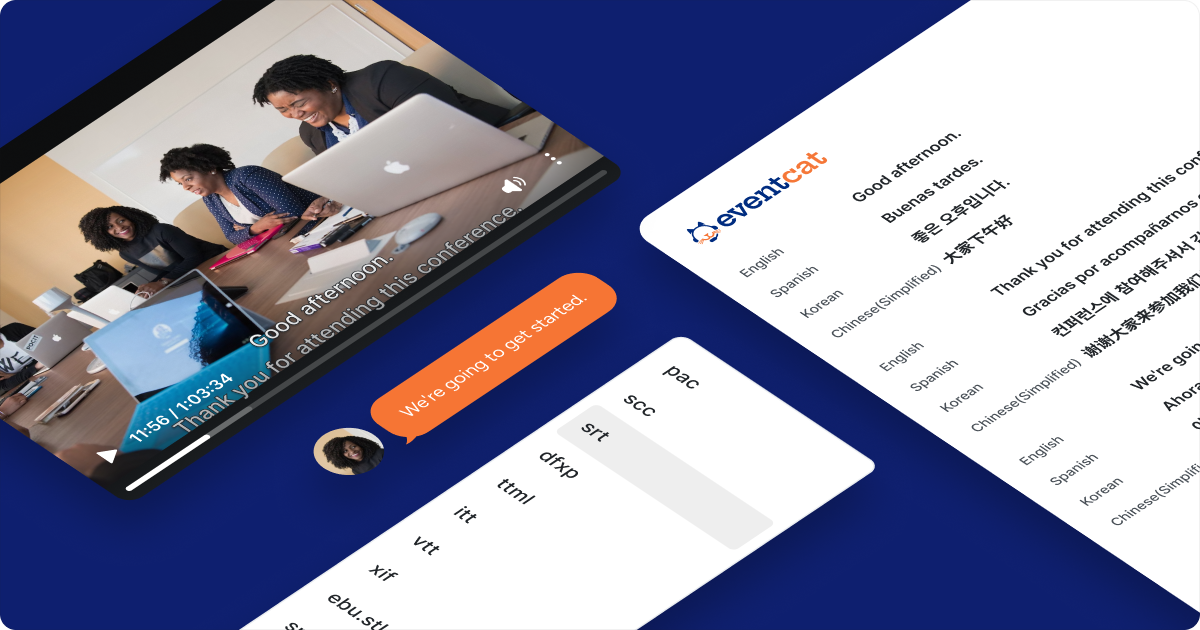Since its establishment by the United Nations in 2017, International Translation Day—celebrated annually on September 30—recognizes the vital role translators and language professionals play in fostering cross-cultural communication, contributing to global development, and promoting peace. In recent years, AI translation technology has made remarkable strides, boosting efficiency in sectors such as media, business, and academia. XL8, a leader in AI-driven localization solutions, is dedicated to empowering this transformation. By ensuring that AI complements, rather than replaces, human translators, XL8 underscores the value of collaboration in delivering effective, scalable translation solutions.
While some translators have voiced concerns about AI potentially threatening their roles, the reality is quite different. AI enhances the capabilities of human translators, enabling them to work more efficiently and focus on higher-value tasks. Additionally, AI provides solutions where budget or time constraints might limit the availability of translation services, ensuring users can enjoy seamless experiences free from language barriers. At the core of XL8’s mission is to make high-quality translation accessible worldwide, breaking down language barriers, and facilitating global communication. Ultimately, the future of translation lies in the powerful synergy, where AI and human expertise combine to produce superior results.
So, how can AI and human translators collaborate effectively?
AI: A New Partner in Translation
AI is now taking on a critical role in the localization industry, alongside human translators, with both contributing significantly to its ongoing development. Not only is AI excellent at handling repetitive and time-consuming tasks, but with its advanced learning capabilities, it is also becoming more adept at managing complex language processes. MediaCAT, XL8’s superior AI-powered localization platform, is a prime example of advancements in AI technology. It delivers fast and accurate translations, transcription, and subtitle generation for media content, often producing high-quality results without requiring human intervention. In some cases, human translators step in to fine-tune specific contexts or nuances, collaborating with AI to achieve even better outcomes.
This collaborative approach enhances translation quality while maximizing efficiency. AI processes large volumes of text quickly, saving time and boosting productivity, while human translators can add value in specialized areas as needed. Together, AI and human translators form a partnership that complements each other’s strengths, allowing translation projects to be completed faster and with greater accuracy. As AI continues to evolve, it opens up new opportunities for translators to take on more diverse and complex projects successfully.
Enhancing User Experience Through AI Collaboration
In addition to improving efficiency, AI enhances the user experience by delivering fast and accurate translations. Platforms like MediaCAT combine AI’s speed with the cultural expertise of human translators, ensuring that localized content reflects both accuracy and nuance. This combination supports multilingual communication across media platforms, offering a seamless experience for global audiences. As XL8 continues to innovate, its AI solutions are designed to create a more inclusive world, where language is no longer a barrier to understanding and participation. Human translators ensure the final product reflects cultural context, delivering a more personalized and engaging experience.
Rather than being a threat, AI presents new opportunities for translators. While AI handles repetitive and mechanical tasks, translators can focus on more creative and complex work. This shift allows translators to engage in more rewarding projects and further develop their skills, while also increasing overall productivity. As AI manages the technical aspects, human translators can dedicate more time to intellectually stimulating tasks.
Real-world success stories highlight how AI and human translators collaborate effectively. MediaCAT leverages AI’s rapid processing capabilities to provide high-quality, context-aware translations for media localization. XL8’s commitment to speed and precision has set new standards in the localization industry. AI manages the bulk of the translation work, while human translators refine the final product to ensure cultural and contextual accuracy. This collaboration accelerates the translation process while maintaining the precision and creativity that only human translators can offer.
A Future of Collaboration in Translation
The future of translation lies in the collaboration between AI and human translators. While AI technology is reshaping the translation industry, human translators remain central to producing high-quality, contextually accurate translations. At XL8, the belief is that AI and human collaboration can break new ground in localization, helping businesses and individuals communicate without limitations. The combined power of AI’s efficiency and human expertise ensures that language barriers can be overcome more effectively than ever, making global communication more inclusive and accessible. Rather than replacing human translators, AI complements their work, making translation faster, more efficient, and more accurate for the benefit of all.
Language is the gateway to new worlds. Just as translators and language professionals have opened the door to communication between cultures, XL8’s AI translation solutions—through collaboration and partnership with human translators—will play an even greater role in enhancing global understanding and breaking down language barriers.










